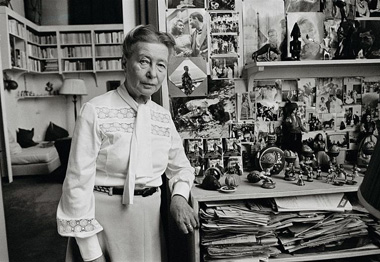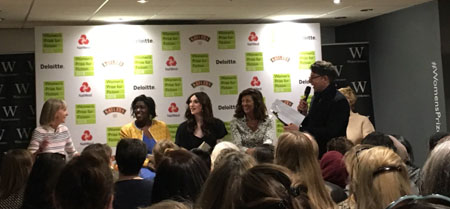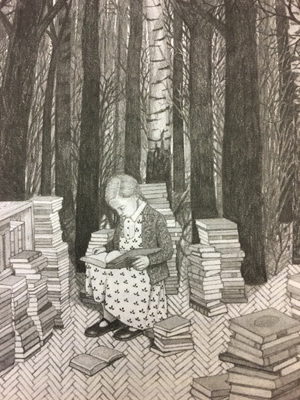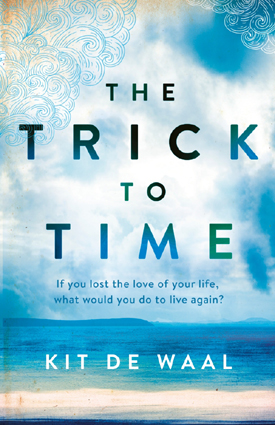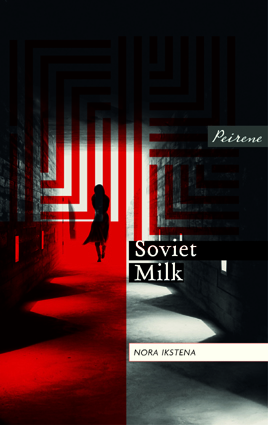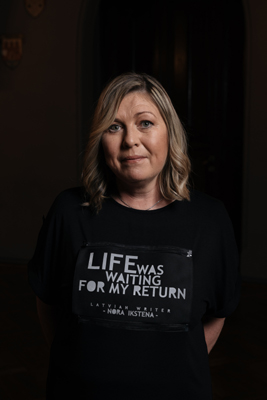Sometimes it feels like the frequent news reports about refugees and asylum seekers can turn into just another political debate and so much rhetoric that it diminishes the powerful fact that this is about individuals in a desperate situation. Recently I read “Tell Me How It Ends”, Valeria Luiselli’s utterly gripping and heart breaking essay about working with Central American children seeking asylum in America. In Jenny Erpenbeck’s novel “Go Went Gone” this issue is brought powerfully to life in the fictional story of Richard, a recently retired professor in Berlin who interviews and befriends groups of refugees after they stage a protest in a city square. This is based on a famous pro-immigration movement that took place in German between 2012-2014. But this isn’t simply a novel that’s giving a human face to one of the biggest social and political issues in Western nations today. It’s also an immensely engaging and philosophical story that says so much about identity, culture, history, memory and society. I was enthralled by the artful way Erpenbeck creates a complex tale that presents the layered past of her protagonist and the nation he lives in to demonstrate the malleable meaning of citizenship.
What this novel does so well in its narrative is show the day to day actions of both Richard and the group of male asylum seekers he visits. You get this progression of everyday life and their habits in a way that contrasts Richard’s steady comfortable existence with that of the state of limbo the various men from Africa and the Middle East experience. This gradually builds to an understanding of what a strain this puts on people who have come out of a traumatic situation. Erpenbeck writes how “Time does something to a person, because a human being isn’t a machine that can be switched on and off. The time during which a person doesn’t know how his life can become a life fills a person condemned to idleness from his head down to his toes.” It’s heartrending seeing how this changes many of the lively and fascinating individuals that Richard meets so that they become either despondent or incensed with anger. It also shows how these men who only want to work and build lives for themselves have their youth, intelligence and talent wasted in waiting for an answer that will inevitably be disappointing.
Richard and some goodwill workers do their best to help the men gain new skills, earn a bit of money or learn the German language, but resources are strained and restrictions prevent them from offering much assistance in terms of education, employment or legal help. Therefore the asylum seekers are prevented from even beginning to integrate or find any useful way to spend their days. It’s particularly striking how the refugees cling to their phones: “Richard notes that the men feel more at home in these wireless networks than in the countries in which they await their future. This system of numbers and passwords extending clear across continents is all the compensation they have for everything they’ve lost forever. What belongs to them is invisible and made of air.”
Richard’s character may seem simple at first or that he’s simply a springboard against which the author can access the stories of the many asylum seekers. But he’s quite complex in a way that only becomes apparent with the full arc of the story. I won’t give any spoilers but it’s intriguing how aware he is of the role chance plays in terms of one’s national identity and sense of security. During a dramatic wartime situation in his childhood he came close to being left behind or winnowed out. The legacy of a divided Germany still lingers strong in the nation and though it appears unified now his interactions with the asylum seekers makes him aware of divides which are still palpably present: “Where before there was only a building, a sidewalk, and everyday Berlin life, a border had suddenly sprouted, growing up quickly and going to seed, unforeseen as illness.” Richard soon becomes aware of how conservative and resistant many of his countrymen are and how quick they are to make assumptions about and condemn people they don’t know.
Running throughout the novel is a haunting image of a man who drowned in a local lake. This is a holiday spot where an accident led to a man’s disappearance but his body was never recovered. It deters holidaymakers from using the lake and the unseen presence of this lost man casts a shadow over the area. It’s a powerful image that lingers in Richard’s imagination of life that has been lost and can never be known. There is a lot in this novel that has been lost due to chance or violence that it amplifies how cruel it is when a nation blocks the possibility of granting acceptance to so many victims of circumstance. This is a memorable novel rich with meaning and it makes a powerful impact.










